
Product information
Joh Jos Prüm Wehlener Sonnenuhr Kabinett Riesling 2018
$90
Description
James nailed it “This has the grace and fleetness of foot of a gazelle, vinous poetry in action. The aromas of white flowers and lemon blossom send a second message of the minerality that awaits on the palate, the yin and yang of fruit and racy acidity.”
Out of stock
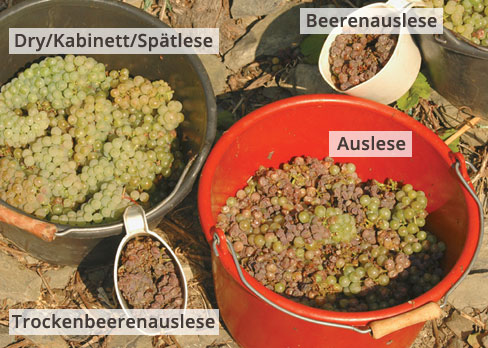
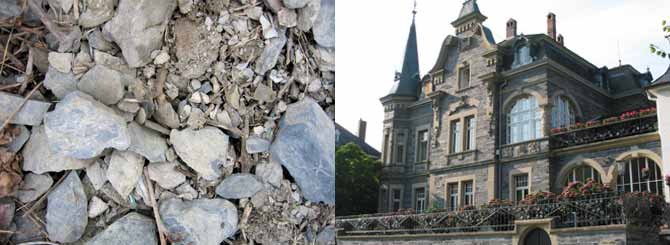
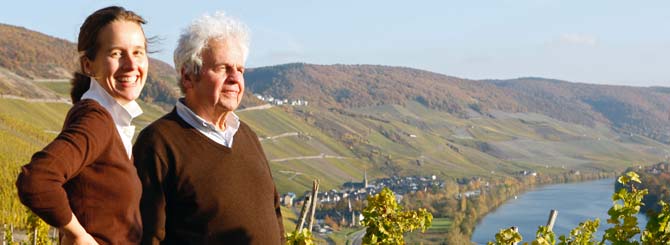
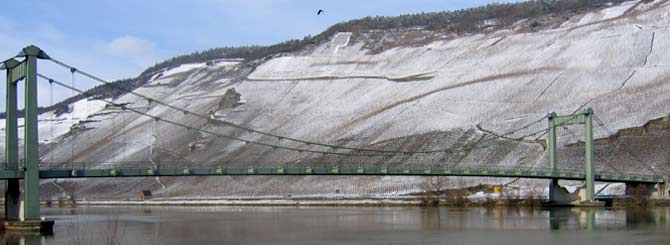
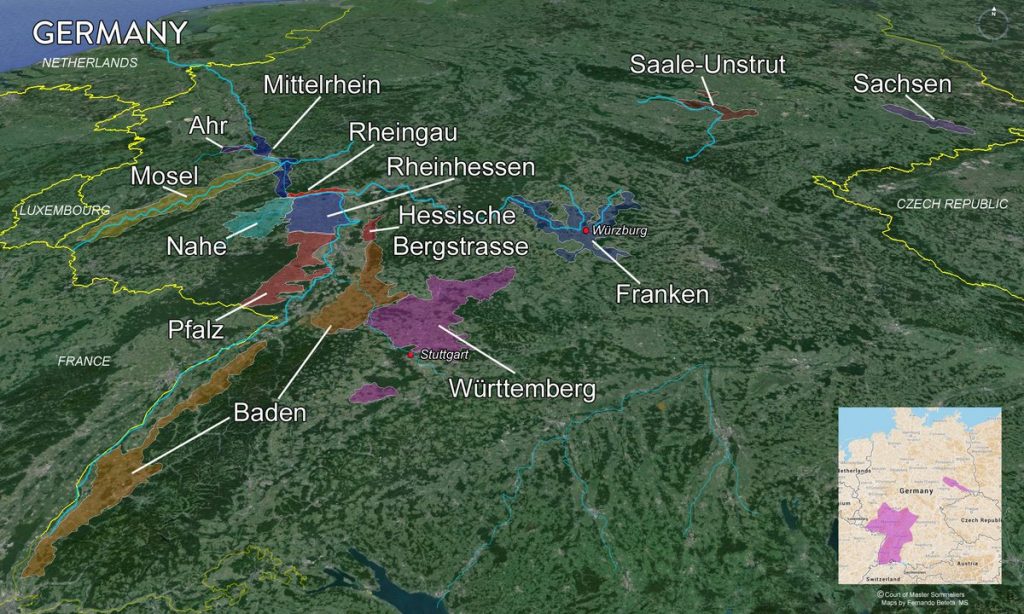
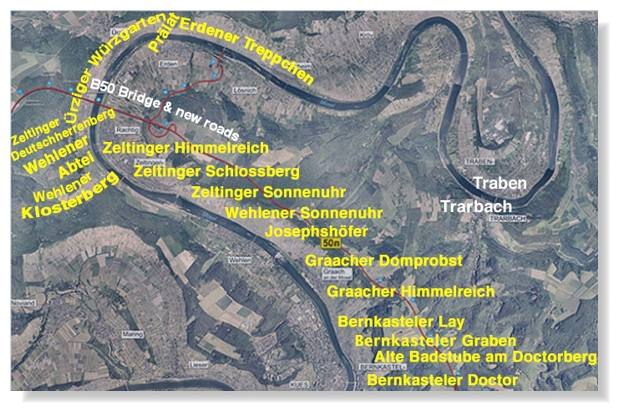

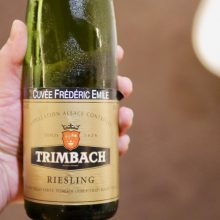

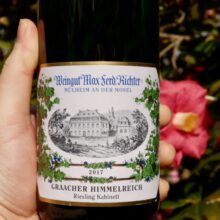
You must be logged in to post a comment.